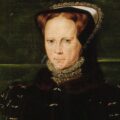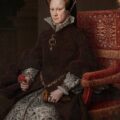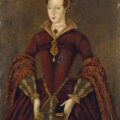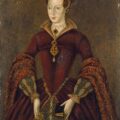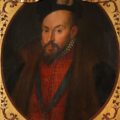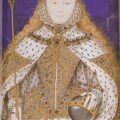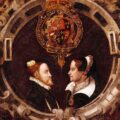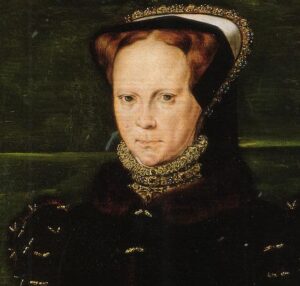
Mary gathered together her loyal household at Kenninghall and informed them of Edward VI’s death, stating that “the right to the crown of England of England had therefore descended to her by divine and by human law”. The news was greeted by cheering and the household proclaiming her Queen. Mary then wrote a letter to the privy council telling them in no uncertain terms that they were to recognise her as Queen: to “cause our right and title to the crown and government of this realm to be proclaimed in our city of London and other places as your wisdom shall seem good.” However, Edward VI’s ‘devise for the succession’ had named Lady Jane Grey as his successor, so trouble was brewing.
Notes and Sources
- Mary Tudor: The First Queen, Linda Porter, p195-196
- Actes and Monuments, Book X, John Foxe
